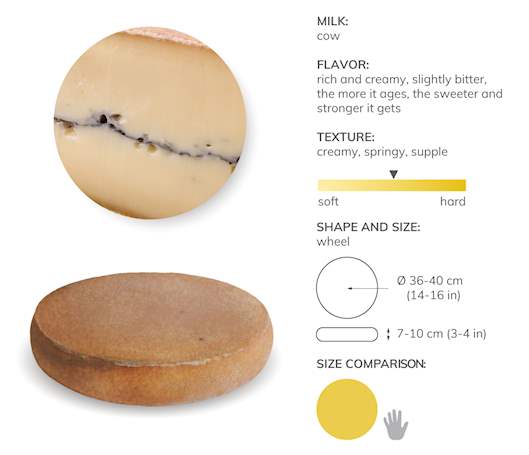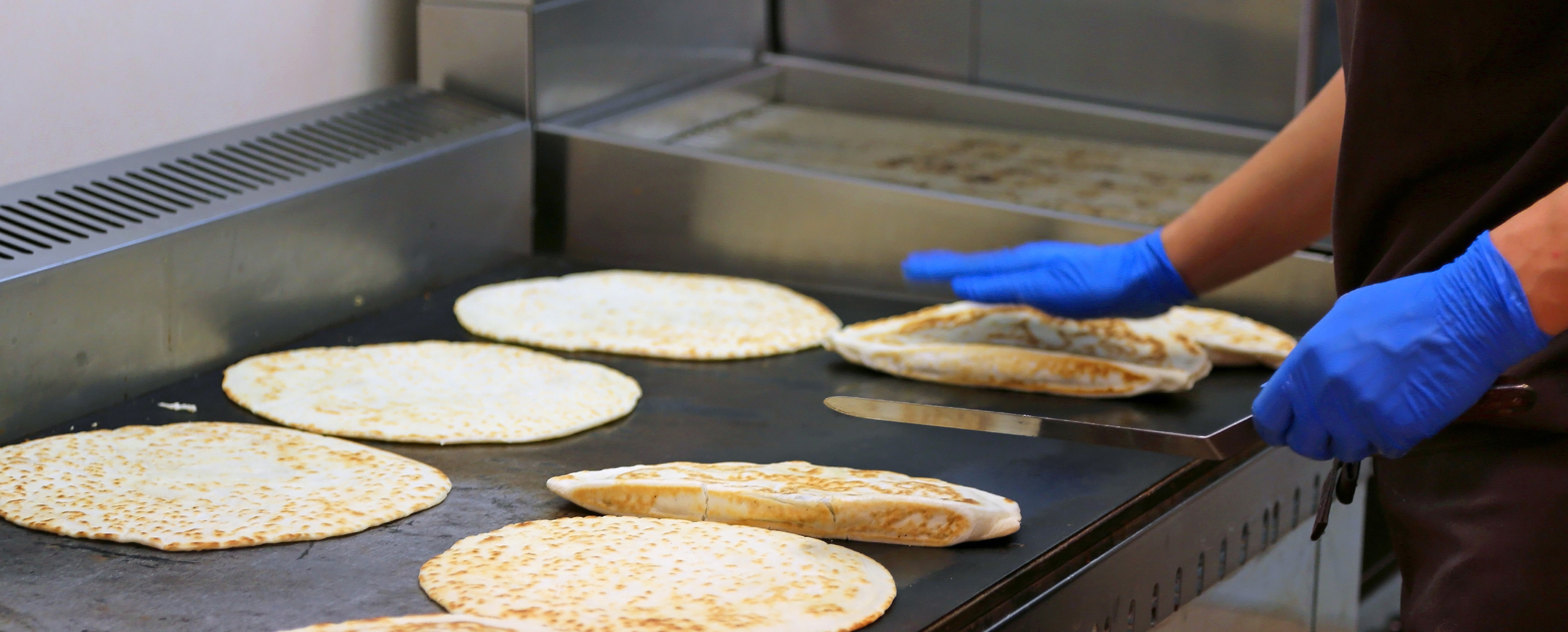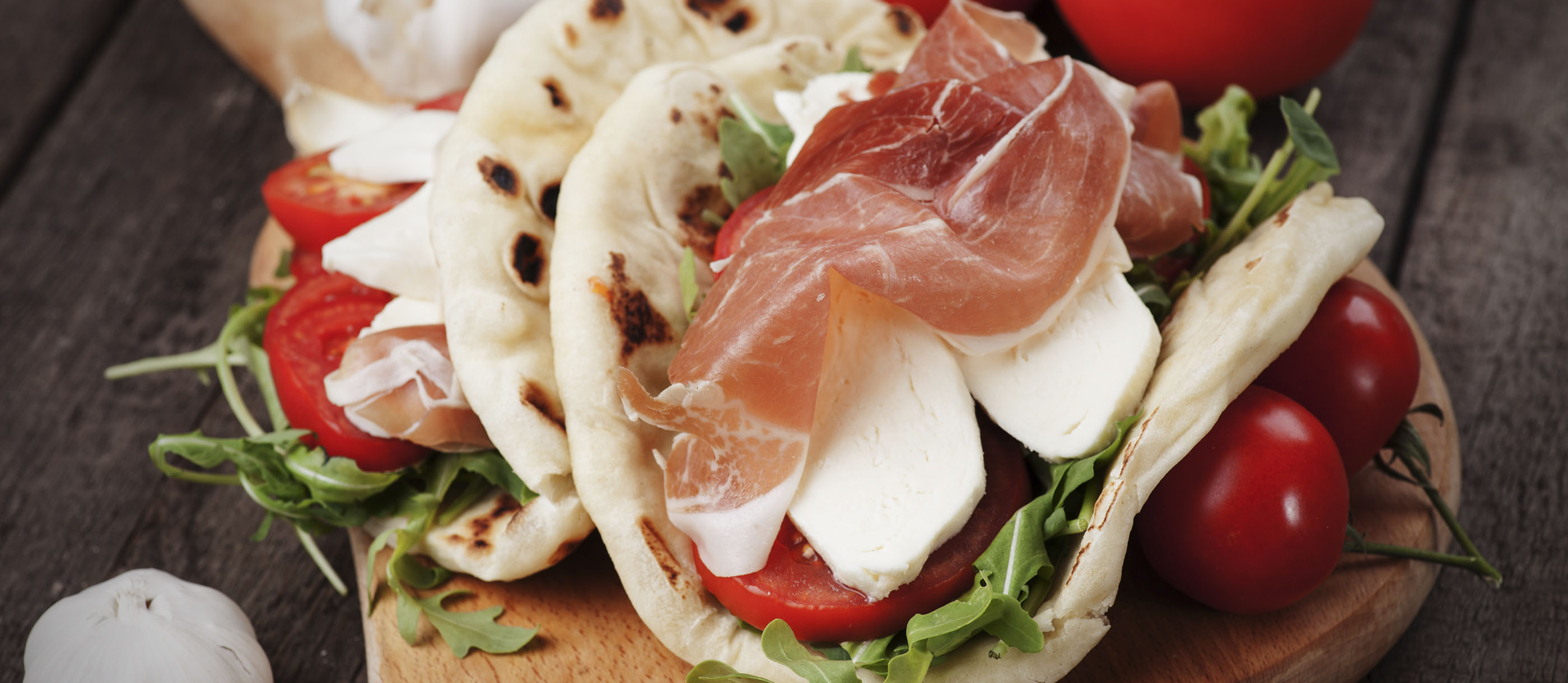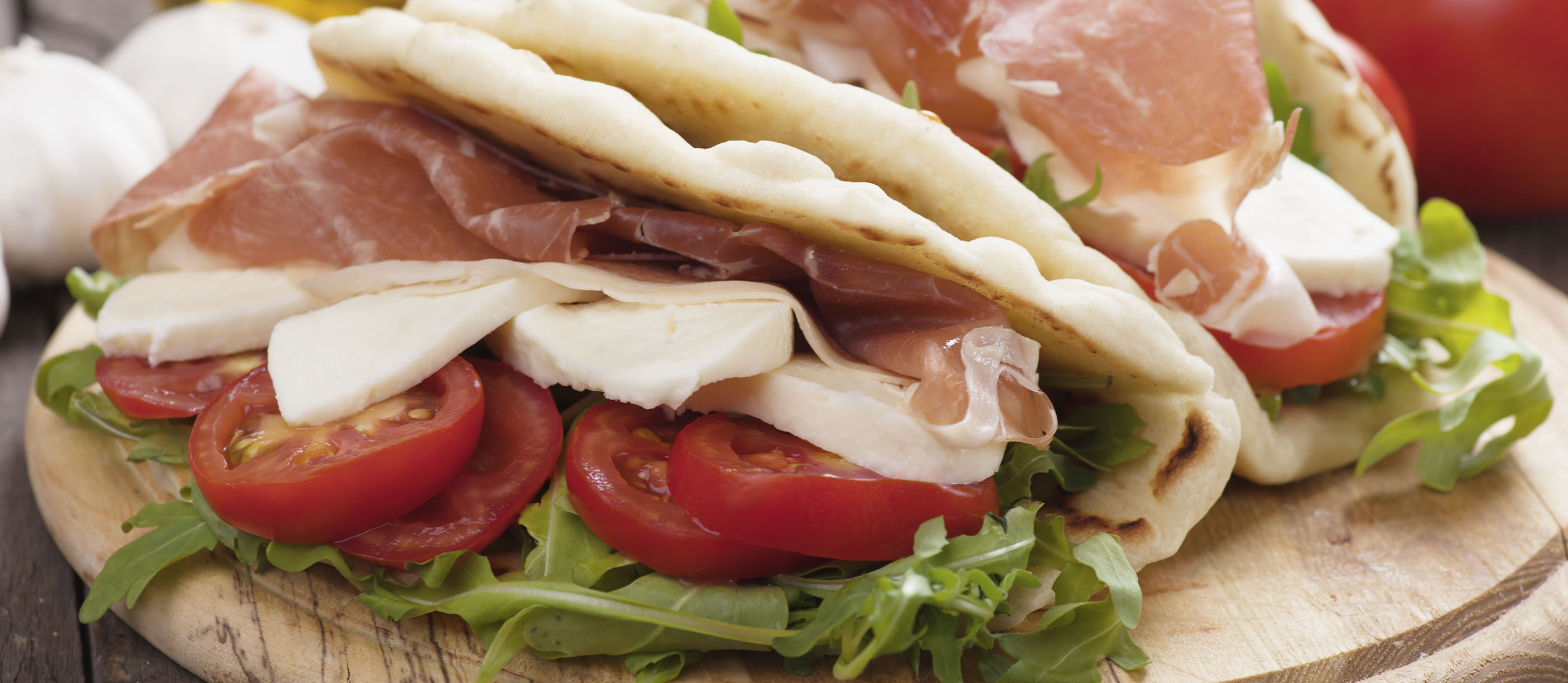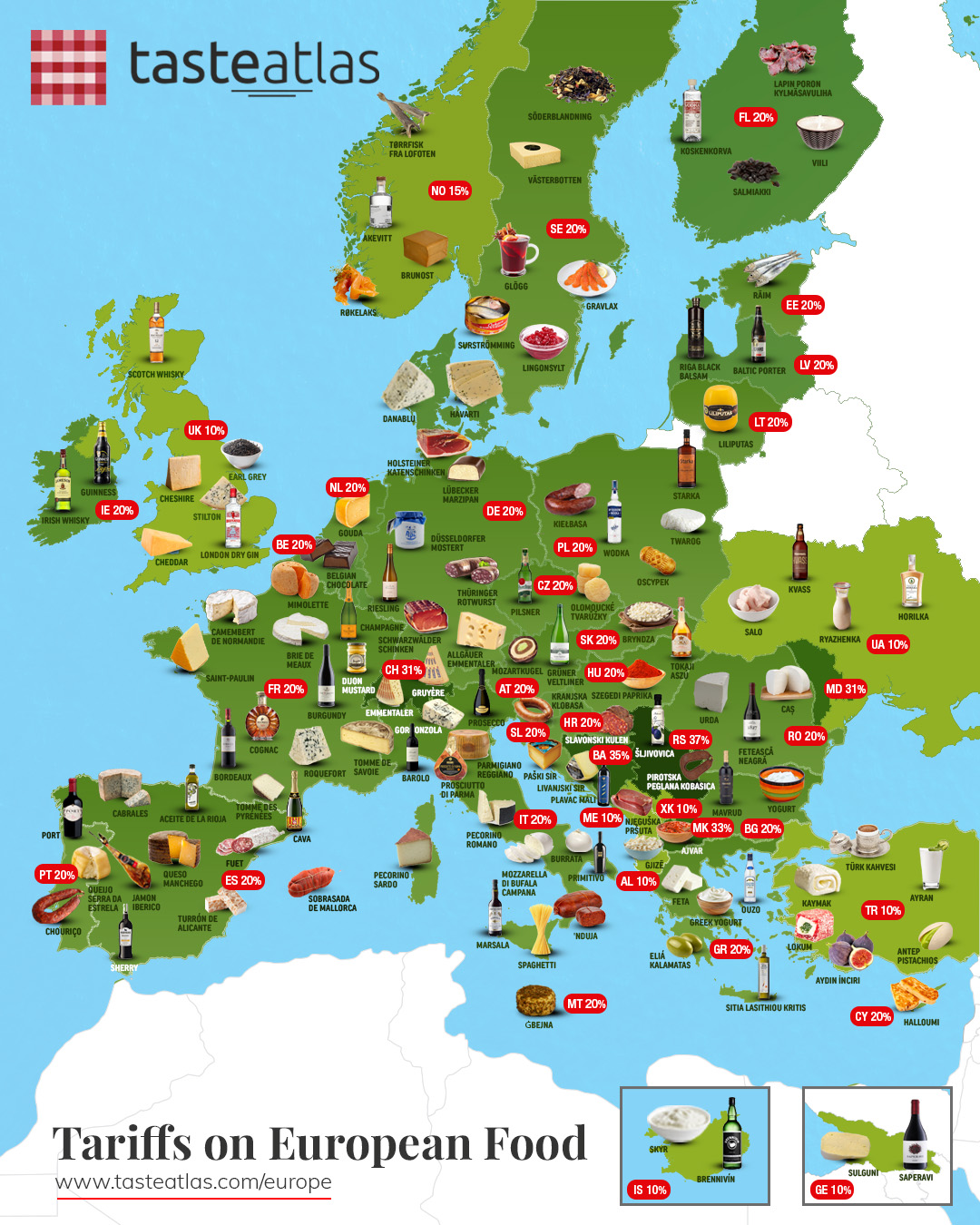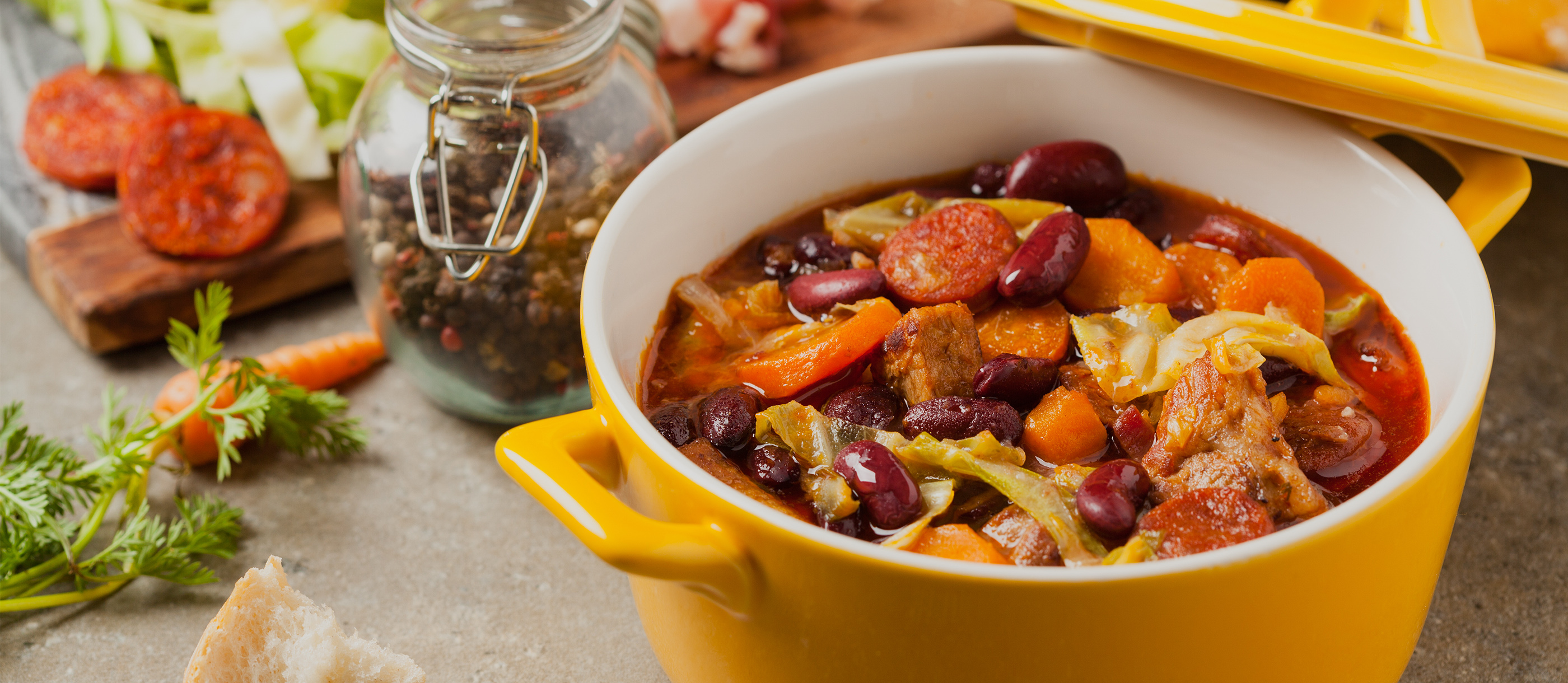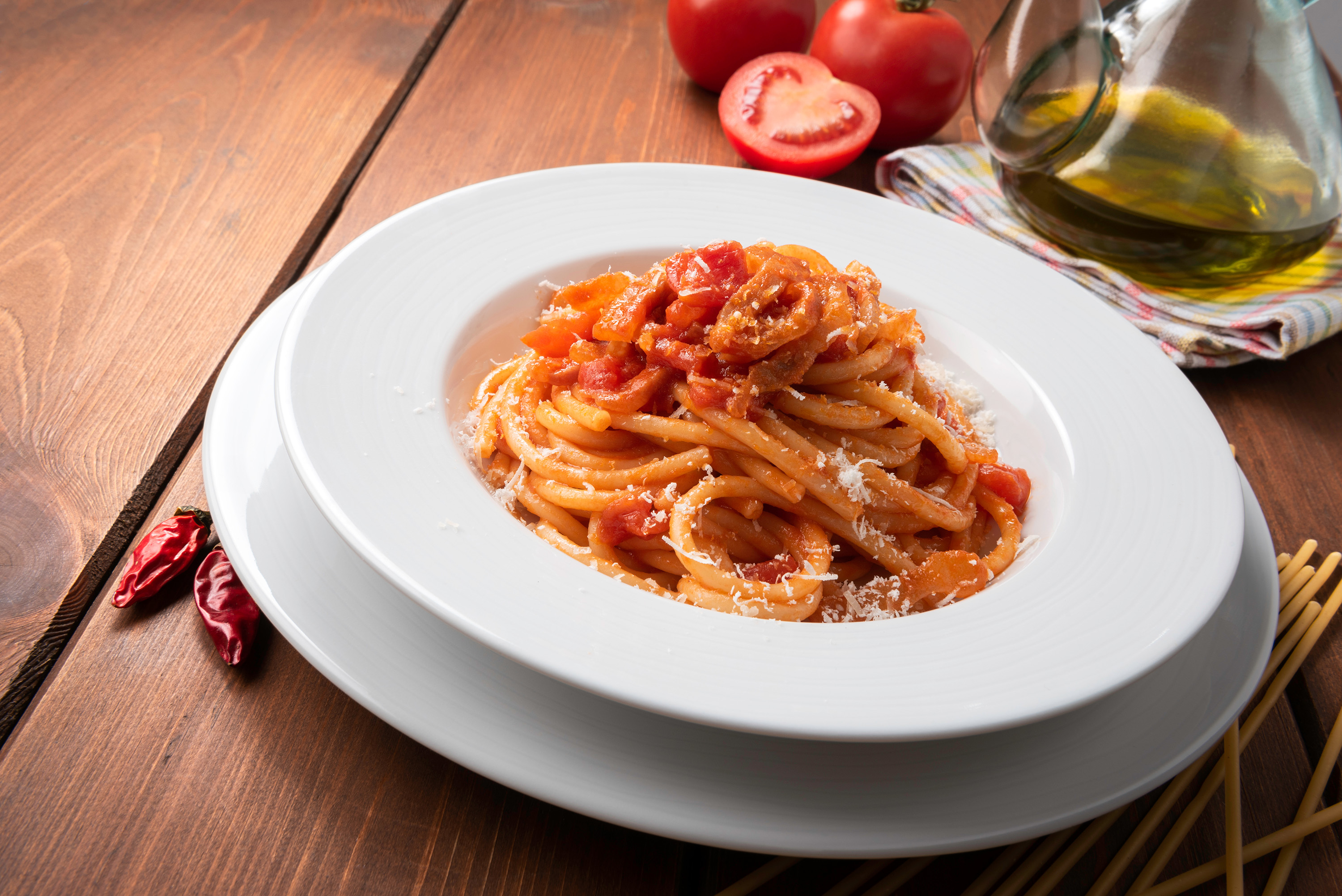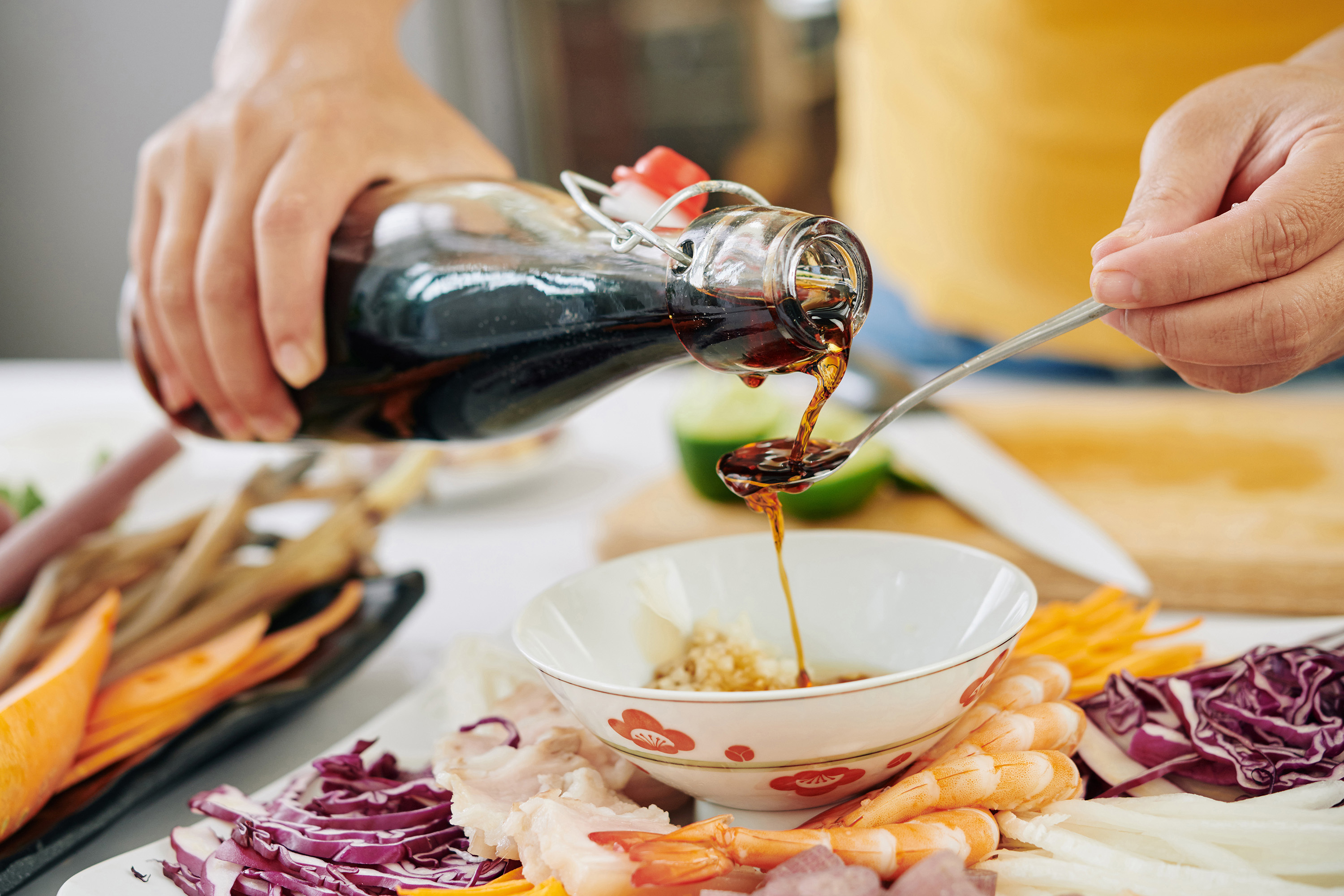Most Iconic
Restaurants with Laksa
New Food Cataloged
Pylsur
Icelandic Cooked Sausage #2. Pylsur sausage is the Icelandic version of a hot dog sausage and is the main component of Iceland's beloved hot dogs, called "pylsur." Known for its distinctive flavor and high-quality ingredients, pylsur sausage is an essential part of Icelandic cuisine. It is made from a blend of lamb, pork, and beef, with lamb being the standout ingredient. The lamb used in Iceland is often free-range, grass-fed, and raised in pristine environments, contributing to the unique taste of the sausage. The flavor profile is mildly smoky and savory, with the lamb providing a distinct richness complemented by the pork and beef. The sausage has a smooth, uniform texture and is encased in a natural casing, which gives it a pleasant "snap" when bitten into. Pylsur sausages are long and slender, fitting perfectly into the traditional Icelandic hot dog buns. They are typically boiled or grilled before being served in a soft, slightly sweet bun. The sausages are traditionally topped with raw onions, crispy fried onions, sweet mustard, remoulade (a mayonnaise-based sauce with herbs and capers), and Icelandic ketchup, which is slightly sweeter than other ketchups. Pylsur sausages are an iconic part of Icelandic street food and are enjoyed by locals and tourists alike, often at popular stands like Bæjarins Beztu Pylsur in Reykjavik. One of the most well-known producers of pylsur sausage in Iceland is SS (Sláturfélag Suðurlands), whose SS Pylsur are widely recognized as the standard for Icelandic hot dogs.
Authentic Recipe
Cheese quiche
PREP 10min
COOK 35min
READY IN 45min
The following recipe gives instructions on how to prepare quiche au fromage in under an hour. The pie is made with store-bought puff pastry and the filling with just eggs, milk, and Gruyère.
Top 9
Irish Meat Dishes
Spiced Beef moved to 6th place - Although it is typically enjoyed in the County Cork for Christmas and New Year’s Eve, spiced beef can be obtained all year round in specialized shops throughout Ireland. The simplicity of preparing it is perhaps outweighed only by its length, which in some cases takes over a month or two. A joint of rump or silverside beef is salted and marinated in spices and saltpeter for a couple of days, and in some cases, up to a few weeks. Once cured, the meat is cooked in water or stout and optionally roasted afterward.
Authentic Recipe
Eton mess
PREP 30min
READY IN 30min
Eton Mess gets a tropical makeover with mango and passion fruit in Georgina Mackenzie's time-saving version. The recipe is adapted from BBC's website (www.bbc.co.uk).
Top 43
Western European Fruit Vegetables
Pomodoro S. Marzano dell'Agro Sarnese-Nocerino moved to 2nd place - Prized by many chefs as the best of its kind, Pomodoro S. Marzano dell’Agro Sarnese-Nocerino is a variety of plum tomato grown along the banks of Sarno River in the fertile volcanic plains south of Mount Vesuvius, namely within the provinces of Naples, Salerno and Avellino. Locally known as 'the king of tomatoes', San Marzano peels quite easily and is characterized by an almost seedless flesh, bright red color and a delicate, bittersweet flavor. Even though San Marzano tomatoes are commonly used in a wide variety of Italian dishes, they have been designated as the only tomato variety that can be used for Vera Pizza Napoletana, the genuine Neapolitan pizza.
Dish of the Day
Piadina Romagnola
Even though today this griddled Italian flatbread is typically enjoyed as a sandwich (one of the most popular fillings includes prosciutto, creamy soft cheeses like squacquerone, tomatoes, and a handful of peppery wild arugula), Piada or piadina Romagnola was once merely a staple of the poor, often made with maize flour and called la pjida ad furmantoun in Romagnolan dialect. In his poem entitled La Piada, which is sort of an ode to the beloved Romagnolan piadina, a 19th century Italian poet Giovanni Pascoli calls it "the bread of poverty, humanity, and freedom", describing it as "smooth as a leaf and as big as the moon." Since then, the humble, rustic piadina has come a long way and even today takes a special place in the regional cuisine, having been awarded the Protected Geographical Indication status. Le piadine, in plural, can take virtually any ingredients as their filling, and they can be easily found freshly prepared at numerous street kiosks called piadinerie, as it is best to eat a piadina only minutes after it comes off the cast-iron griddle while it's still pliable and warm - the perfect frame for the almost-melting soft cheese and delectable, thinly sliced charcuterie.
Authentic Recipe
Pandoro
PREP 1h
COOK 2h
READY IN 2d 13h
Adhering to the traditional pandoro recipe, making one requires at least a couple of days of full dedication and the use of home-made or purchased mother yeast (sourdough starter) that has been refreshed for seven days. In addition to mother yeast and two dough preparation stages, this pandoro recipe also calls for making an aromatic emulsion that gives the bread a citrusy aroma.
World’s Best Traditional Restaurants
Joe's Stone Crab

Joe's Stone Crab is an iconic South Beach restaurant best known for its stone crab claws and the famous Key lime pie. This bustling location continues the long tradition that started in 1913 and remains a must-visit spot in Miami.
Best Local Restaurants
Isfahan, Iran
Top 23
Latvian Foods
Rupjmaizes kārtojums moved to 10th place - Rupjmaizes kārtojums is a traditional and fairly simple Latvian dessert consisting of dark rye bread, whipped cream or cream cheese, and cranberry jam. Most traditional recipes suggest cranberry jam because of its sourness, but other fruit jams can be used instead. The dark rye bread is finely grated, flavored with cinnamon and sugar, and pan toasted. The ingredients are then layered in a glass trifle dish or a parfait glass and garnished with whipped cream or fresh fruit. Before it’s served, the dessert should sit in a fridge for a few hours so that the flavors soak into each other.
Authentic Recipe
Carnitas
PREP 30min
COOK 3h
READY IN 3h 30min
In this variant, the carnitas are prepared in a way that suits at-home preparation by using only pork shoulder that is prepared utilizing the reverse method of first baking the meat low and slow until fork-tender, then roasting it at a high temperature to get the succulent yet crispy pork. No lard is needed here, and the flavorings are optional. The recipe is courtesy of Rick Bayless, the US chef, restauranter, author, and TV host, who is the preeminent authority on Mexican cuisine and has won numerous awards for his work on the subject.
Best Local Restaurants
Rieti, Italy
Top 100
Traditional Foods in Alentejo
Sopa da pedra moved to 9th place - Although it translates as stone soup, this hearty Portuguese dish is actually a combination of beans and sausages such as chouriço and morcela (blood sausage), as well as pork belly, pig’s ear, and potatoes, while different regional varieties may also include pasta, carrots, and cabbage. There's a legend saying that a monk in need wanted to prepare soup by using merely stones and water. When he asked for additional ingredients to supposedly flavor the soup, the family who'd hosted him was more than willing to provide some pork cuts, beans, sausages, and vegetables, and the monk ended with a rich and nutritious dish without any stones inside. Similar stories exist in various European countries, but the moral of each always revolves around sharing and compassion. It is believed that sopa da pedra originated in Almeirim, which has been dubbed the capital of stone soup.
Authentic Recipe
Polenta concia
PREP 15min
COOK 45min
READY IN 1h
This is a traditional recipe made with polenta, cheese, butter, milk, water, salt, and black pepper.
Dish of the Day
Amatriciana
Named after Amatrice, a provincial town in the Sabine Hills northeast of Rome; the iconic Amatriciana sauce is often considered a part of the "holy trinity of Roman pasta", together with carbonara and cacio e pepe. Amatriciana was invented in the 17th century by adding tomatoes to the already famous gricia sauce – diced tomatoes are sautéed in fat rendered from juicy bits of guanciale (cured pork jowl), then tossed together with grated pecorino cheese and either spaghetti or bucatini pasta. The first recipe for Amatriciana was published in the 1790 cookbook L’Apicio Moderno by Francesco Leonardi, a renowned Roman chef and author. Over time, this classic Italian dish became so popular it was featured in several movies, from Alberto Sordi’s 1954 film An American in Rome and Luciano Salce’s 1978 Where Are You Going on Holiday? to Ryan Murphy’s Eat Pray Love, in which Julia Roberts joyfully wolfs down a portion of spaghetti all’Amatriciana while sitting on the terrace of a typical Roman osteria. With delicate heat from pepperoncino peppers, the sweetness and tartness from the tomato-based sauce, the sharpness of pecorino, and the fatty richness of guanciale, Amatriciana is best enjoyed with medium-bodied, smooth Italian reds such as Montepulciano d’Abruzzo and Sangiovese.

































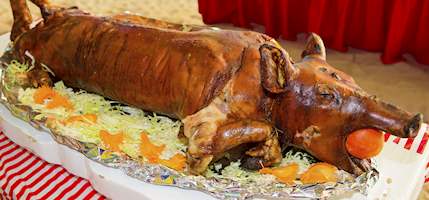





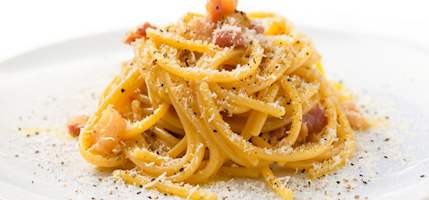











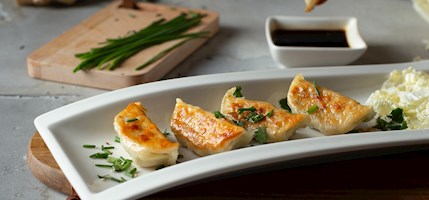



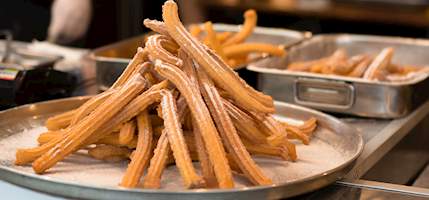



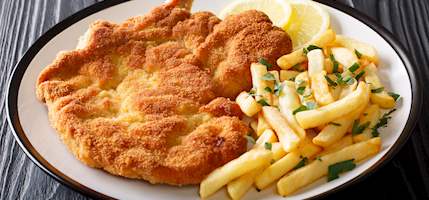


























 Singapore,
Asia
Singapore,
Asia





























































